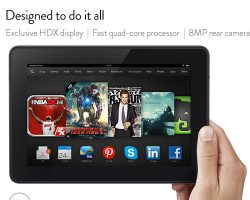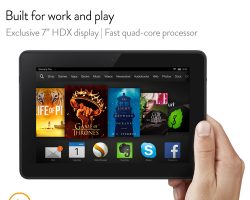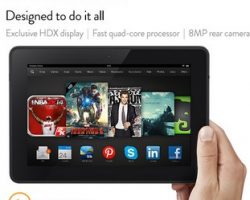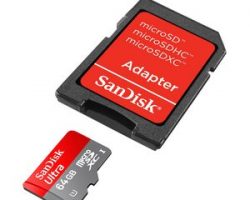
Technically Correct vs. Practical: Can Rechargeable Batteries Overheat Or Not?
Its battery shouldn’t overheat, but that doesn’t mean it can’t. From time to time I’ll get a comment or email from a tech-savvy person who’s read my post, Rechargeable Battery Problems: Overcharging, Leaving It Plugged In, and says I’m wrong about the possibility of rechargeable batteries becoming overcharged or overheated, because modern Lithium-ion rechargeables are designed with specific features to prevent this very problem. Every so often I’ll also get a note from an engineer or scholarly type saying one of my other posts isn’t technically correct for some esoteric reason or other. But I’m not here to provide technically correct details that would satisfy the most stringent engineer or scientist, I’m here to help consumers get the best and most economical use from their devices.








